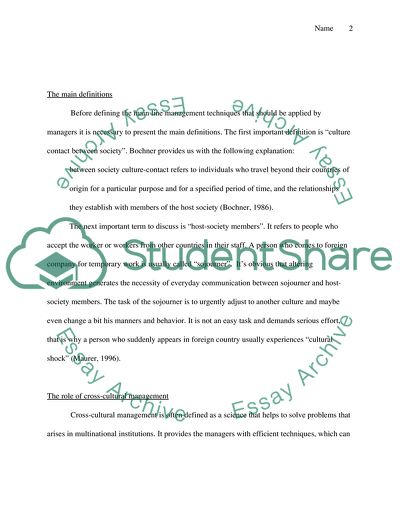Cite this document
(Human Resources: Line Management in the Multicultural Company Research Paper, n.d.)
Human Resources: Line Management in the Multicultural Company Research Paper. Retrieved from https://studentshare.org/human-resources/1725458-discuss-the-factors-that-can-enable-an-hrm-manager-from-one-culture-to-carry-out-a-line-management-role-working-in-a-different-culture
Human Resources: Line Management in the Multicultural Company Research Paper. Retrieved from https://studentshare.org/human-resources/1725458-discuss-the-factors-that-can-enable-an-hrm-manager-from-one-culture-to-carry-out-a-line-management-role-working-in-a-different-culture
(Human Resources: Line Management in the Multicultural Company Research Paper)
Human Resources: Line Management in the Multicultural Company Research Paper. https://studentshare.org/human-resources/1725458-discuss-the-factors-that-can-enable-an-hrm-manager-from-one-culture-to-carry-out-a-line-management-role-working-in-a-different-culture.
Human Resources: Line Management in the Multicultural Company Research Paper. https://studentshare.org/human-resources/1725458-discuss-the-factors-that-can-enable-an-hrm-manager-from-one-culture-to-carry-out-a-line-management-role-working-in-a-different-culture.
“Human Resources: Line Management in the Multicultural Company Research Paper”, n.d. https://studentshare.org/human-resources/1725458-discuss-the-factors-that-can-enable-an-hrm-manager-from-one-culture-to-carry-out-a-line-management-role-working-in-a-different-culture.


